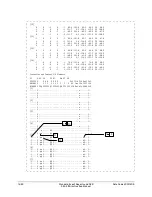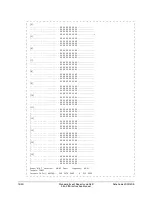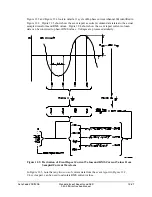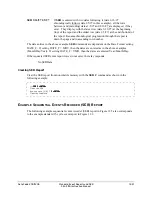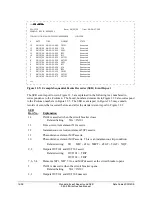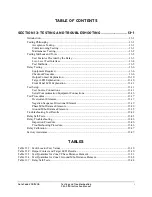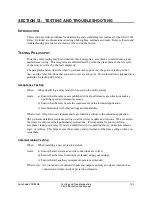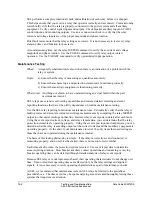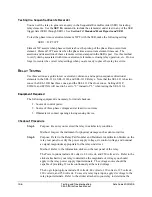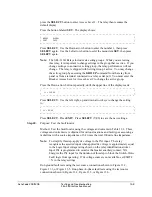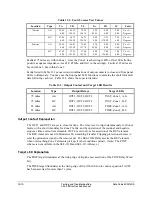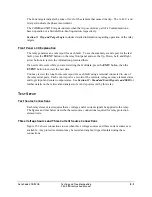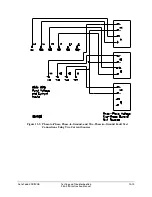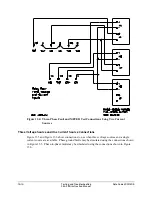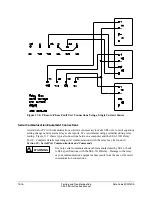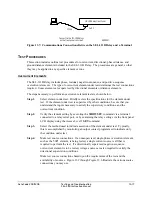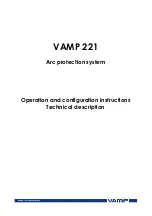
13-2
Testing and Troubleshooting
Date Code 20011205
SEL-311B Instruction Manual
SEL performs a complete functional check and calibration of each relay before it is shipped.
This helps ensure that you receive a relay that operates correctly and accurately. Commissioning
tests should verify that the relay is properly connected to the power system and all auxiliary
equipment. Verify control signal inputs and outputs. Check breaker auxiliary inputs, SCADA
control inputs, and monitoring outputs. Use an ac connection check to verify that the relay
current and voltage inputs are of the proper magnitude and phase rotation.
Brief fault tests ensure that the relay settings are correct. It is not necessary to test every relay
element, timer, and function in these tests.
At commissioning time, use the relay METER command to verify the ac current and voltage
magnitude and phase rotation. Use the PULSE command to verify relay output contact
operation. Use the TARGET command to verify optoisolated input operation.
Maintenance Testing
When: At regularly scheduled intervals or when there is an indication of a problem with the
relay or system.
Goals: a) Ensure that the relay is measuring ac quantities accurately.
b) Ensure that scheme logic and protection elements are functioning correctly.
c) Ensure that auxiliary equipment is functioning correctly.
What to test: Anything not shown to have operated during an actual fault within the past
maintenance interval.
SEL relays use extensive self-testing capabilities and feature detailed metering and event
reporting functions that lower the utility dependence on routine maintenance testing.
Use the SEL relay reporting functions as maintenance tools. Periodically verify that the relay is
making correct and accurate current and voltage measurements by comparing the relay METER
output to other meter readings on that line. Review relay event reports in detail after each fault.
Using the event report current, voltage, and relay element data, you can determine that the relay
protection elements are operating properly. Using the event report input and output data, you can
determine that the relay is asserting outputs at the correct instants and that auxiliary equipment is
operating properly. At the end of your maintenance interval, the only items that need testing are
those that have not operated during the maintenance interval.
The basis of this testing philosophy is simple: If the relay is correctly set and connected, is
measuring properly, and no self-test has failed, there is no reason to test it further.
Each time a fault occurs, the protection system is tested. Use event report data to determine
areas requiring attention. Slow breaker auxiliary contact operations and increasing or varying
breaker operating time can be detected through detailed analysis of relay event reports.
Because SEL relays are microprocessor-based, their operating characteristics do not change over
time. Time-overcurrent operating times are affected only by the relay settings and applied
signals. It is not necessary to verify operating characteristics as part of maintenance checks.
At SEL, we recommend that maintenance tests on SEL relays be limited to the guidelines
provided above. The time saved may be spent analyzing event data and thoroughly testing those
systems that require more attention.
Summary of Contents for SEL-311B
Page 6: ......
Page 8: ......
Page 10: ......
Page 24: ......
Page 26: ......
Page 122: ......
Page 124: ......
Page 138: ......
Page 168: ......
Page 172: ......
Page 254: ......
Page 282: ......
Page 306: ......
Page 348: ......
Page 364: ......
Page 366: ......
Page 448: ......
Page 460: ......
Page 466: ......
Page 476: ......
Page 482: ......
Page 494: ......
Page 500: ......
Page 522: ......
Page 526: ......
Page 528: ......
Page 534: ......
Page 536: ......
Page 550: ......
Page 570: ......
Page 586: ......
Page 600: ......

